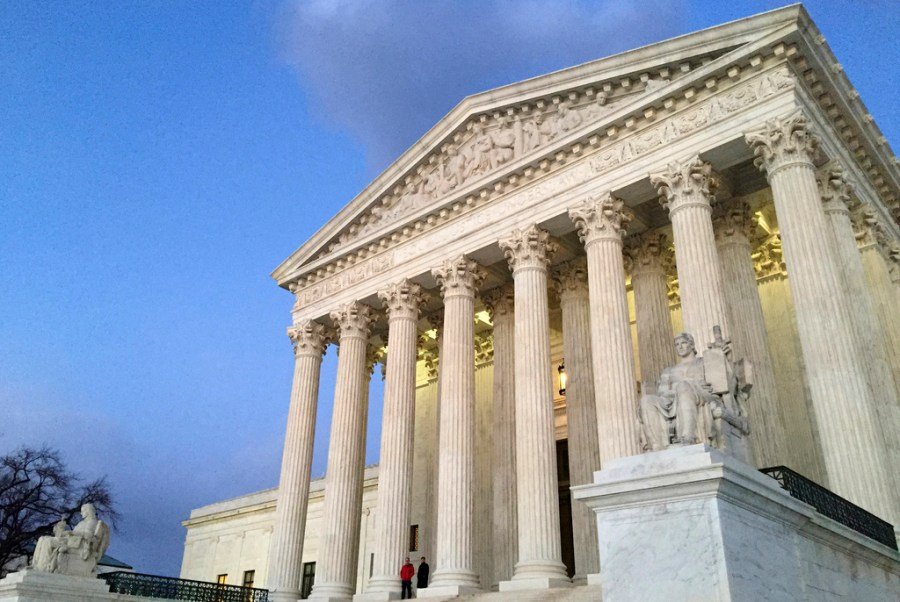
The Supreme Court on Thursday made it easier to bring unreasonable force claims against police, ruling unanimously that courts should examine the circumstances beyond the split seconds when an officer fears for their safety in deciding whether they can be tried for unreasonable force.
The case stemmed from a 2016 traffic stop in Texas.
Ashtian Barnes, 24, was killed during the routine stop. He had been driving his girlfriend’s rental car, which had outstanding toll violations, when stopped by officer Roberto Felix Jr.
After Barnes was asked to present his license and insurance, the car started moving forward. Felix jumped onto the vehicle’s doorsill and shot inside, striking Barnes twice and killing him.
The exchange turned deadly in seconds. The justices were asked to weigh whether courts should examine everything that happened during the traffic stop or just the moment when Felix feared for his safety when evaluating an excessive force claim.
In a 9-0 decision, they said the so-called “moment of the threat” doctrine should not be applied in such cases, instead directing courts to review the “totality of the circumstances.”
“To assess whether an officer acted reasonably in using force, a court must consider all the relevant circumstances, including facts and events leading up to the climactic moment,” Justice Elena Kagan wrote in the majority opinion.
Kagan noted the situation at the precise moment of the shooting may often be what matters most, given that the officer’s choice in those split seconds are what is under review. However, she said earlier facts and circumstances may inform how a “reasonable officer” would have responded to later ones.
“Prior events may show, for example, why a reasonable officer would have perceived otherwise ambiguous conduct of a suspect as threatening,” she said. “Or instead they may show why such an officer would have perceived the same conduct as innocuous.”
Justice Brett Kavanaugh wrote a concurring opinion — which was joined by conservative Justices Clarence Thomas, Samuel Alito and Amy Coney Barrett — to add additional context to the majority opinion about the “dangers of traffic stops” for police officers.
He noted that notorious criminals like Oklahoma City bomber Timothy McVeigh and serial killer Ted Bundy were both apprehended following traffic stops.
And when a car pulls away during a stop, “the risks multiply.”
“The point here is that when a driver abruptly pulls away during a traffic stop, an officer has no particularly good or safe options,” Kavanaugh wrote.
“Of course, when an officer uses force against a fleeing driver, the judiciary still must assess any resulting Fourth Amendment claim under the standard of objective reasonableness,” he added.
The U.S. Court of Appeals for the 5th Circuit had ruled that Barnes’s Fourth Amendment rights were not violated under the appellate court’s precedent, which abides by the “moment of the threat” doctrine.
But in a concurring decision, Circuit Judge Patrick Higginbotham, who wrote the majority opinion, said the justices should overturn it.
“Here, given the rapid sequence of events and Officer Felix’s role in drawing his weapon and jumping on the running board, the totality of the circumstances merits finding that Officer Felix violated Barnes’s Fourth Amendment right to be free from excessive force,” Higginbotham wrote.
Updated at 10:47 a.m. EDT






